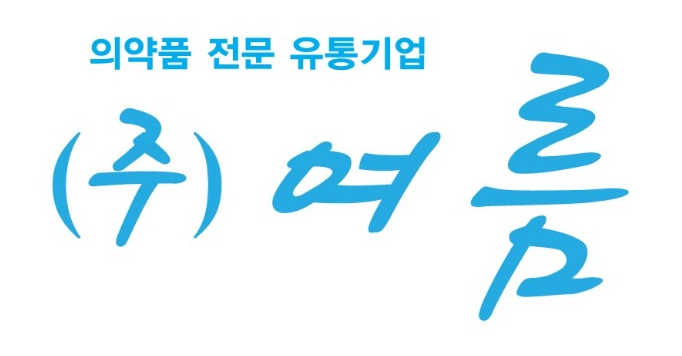The Power Dynamics of Art
One of the earliest and most enduring examples of art as a form of political expression and activism can be found in the works of ancient Greek and アート作品 販売 Roman artists. Renaissance artworks, prints, and illustrations from this period often depicted mythological and historical scenes, but they also conveyed profound insights into the human condition.

In the modern era, the relationship between art and politics has become increasingly multifaceted and challenging. Many artists have used their work as a means of critiquing power structures and institutions. Salvador Dali's The Persistence of Memory critiques the rationalism and materialism of modern society. These works, and countless others like them, demonstrate the ability of art to engage with and critique the world around us.
In addition to these individual works, many artists have used their art as a platform for collaborative and activist projects. The Dada movement emerged in the aftermath of World War I, using a variety of modes of expression and communication to critique the dominant rationality of modern society. Similarly, the Surrealist movement of the 1920s and 30s used art and literature to explore the limits of human knowledge.
More recently, the relationship between art and politics has continued to evolve and deepen. Many contemporary artists use their work to engage with issues such as human rights, equality, and freedom. Artists like Ai Weiwei and Ai Ondaatje have used their work to critique the excesses of capitalism. Others, like Kehinde Wiley and Mickalene Thomas, have used their art to capture the beauty of everyday life.
In conclusion, the relationship between art and politics is a complex and intricate one. Through their work, artists have used art as a means of political expression and activism, challenging conventional thinking and dominant narratives. As the world continues to evolve and change, it is likely that the relationship between art and politics will continue to evolve and transform, with artists using their work as a powerful tool for reflection, critique, and personal growth.
Furthermore, the role of art in politics can also be seen in its function as a form of resistance and protest. When communities or societies are marginalized or excluded, art can provide a vital means of emotional release and catharsis. Artists from around the world have been using their work to critique authoritarianism and promote democratic values.
The intersection of art and politics also raises questions about the role of the artist in society. Should artists be seen as unbiased historians documenting the past without interpretation or analysis? Or should they be viewed as involved and invested individuals using their work to reflect and comment on the world around them? These questions are ongoing, and the answers will depend on the context and intent of the work in question.
Ultimately, the relationship between art and politics is a complex and multifaceted one, full of possibilities and tensions. On one hand, art has the power to educate people, while also alienating, offending, and dividing their perceptions of the world. On the other hand, it also carries the potential to offend people, depending on the context used. Whatever its effects, however, art will continue to be a vital and necessary part of the ongoing conversation about politics and human experience, providing a platform for transformation.
Comments
상담신청하기
메일문의하기
CS Center
토/일/공휴일 휴무
런치타임 : 12:30 ~ 13:30





